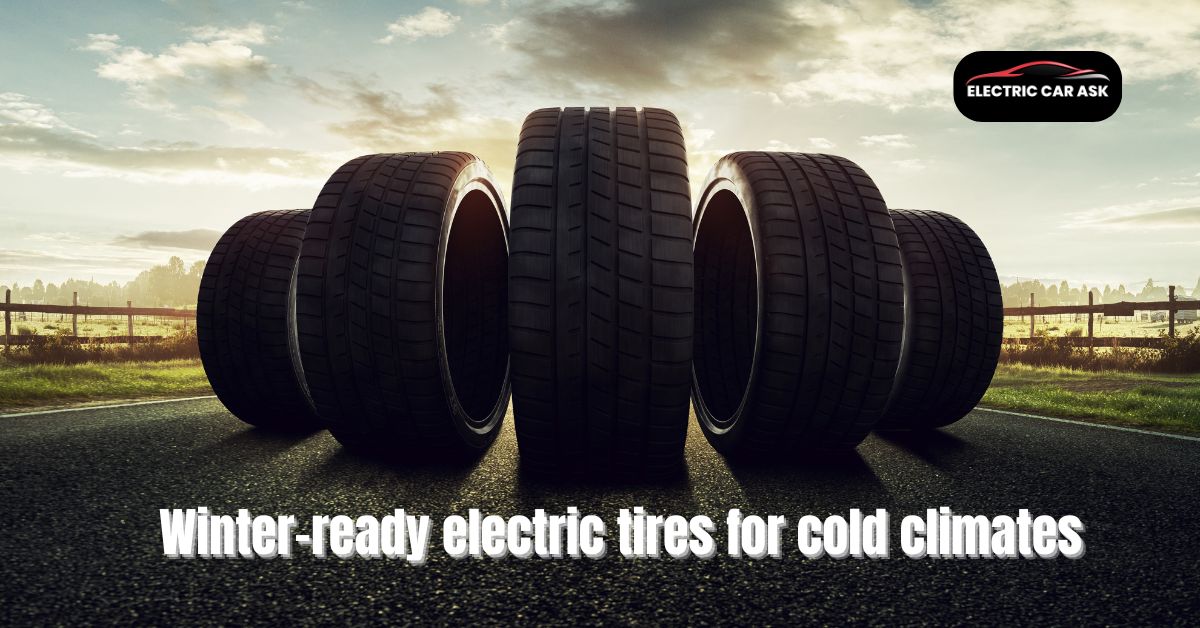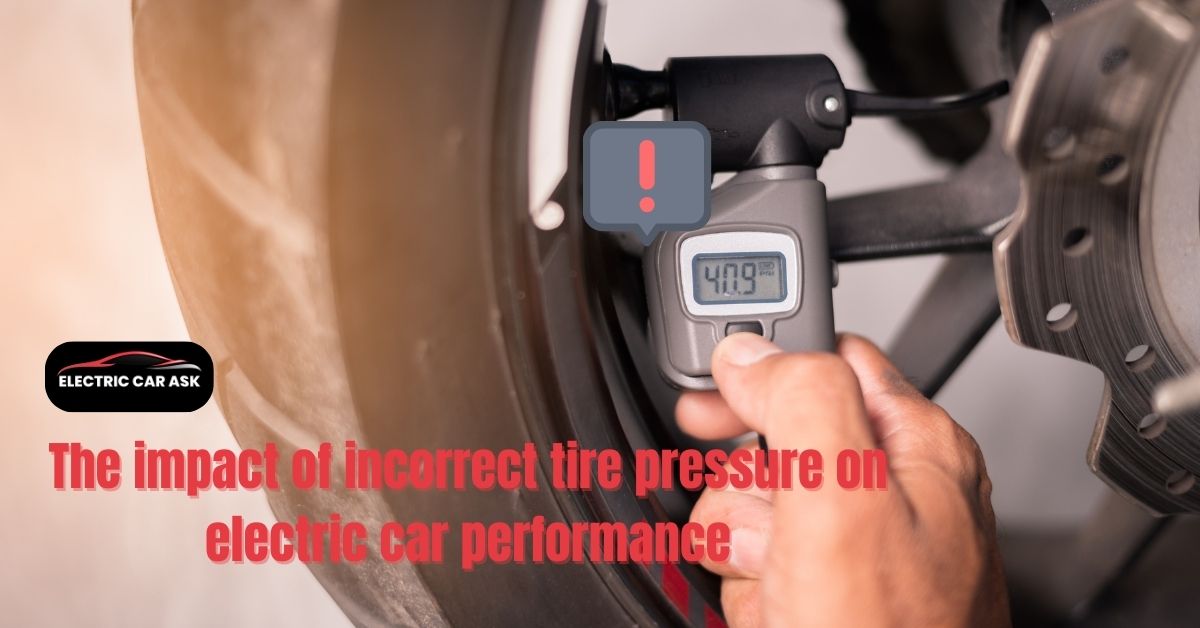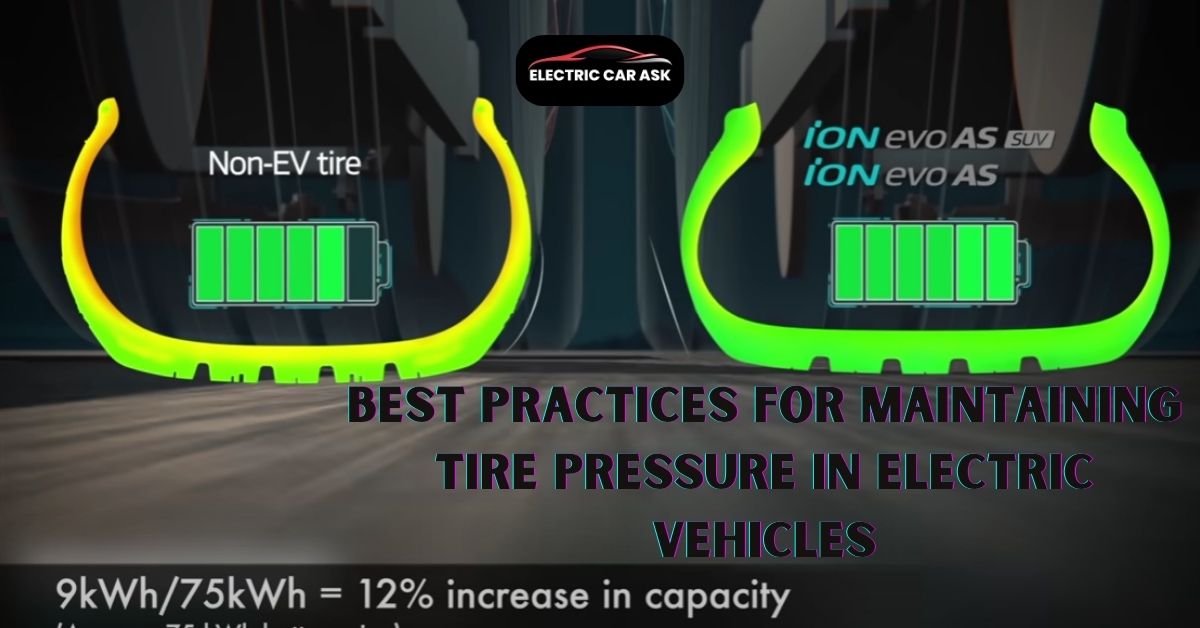Introduction
Changing climate is a habitual fact of nature. Around every year every country faces winter more or less. Beautiful show fall and frozen lakes enhance the beauty of the winter. But it can also create challenges through road or any other means of travel. Even though the condition of the weather is bad, tires that are winter-ready can make the journey more comfortable and safer. In this blog, let’s discuss about winter-ready tires.
Necessity Of Winter-Ready Electric Tires Importance
In winter season the road becomes slippery and slushy. Regular tires can create complications while driving on this road. To tackle this situation winter-ready tires are necessary. The winter-ready are made of a rubber compound that can remain flexible even during extreme cold climates. These features make them able to maintain a proper grip on the road even during cold weather or freezing temperatures.
Special Features of Winter Tires
A special feature of winter-ready tires is their tread design. Its tread pattern contains deeper and more extensive treads. This tread helps to maintain grip on the icy roads. The winter–ready tires are manufactured by using a rubber compound. The normal shrinks in the winter season. To omit this disadvantage the rudder component makes it flexible even during extreme cold seasons. Also, the unique design of winter-ready tires like tiny grooves or cuts in the tread blocks is called siping. These sipes provide additional grip on icy surfaces or slippery roads. Winter tires are equipped with a higher density of sipes which allow them to maintain traction on the most slippery of roads.
The benefit of the unique features of winter-ready tires
- Winter-ready tires can make the battery more efficient by maintaining the vehicle’s appropriate range.
- Enhanced the grip of tires during the winter season for better friction over snowy and icy roads.
- Reduces the chances of getting stuck or slipping.
- The flexibility of the rubber compound helps to preserve battery life and optimize ranges.
- Ensuring safe and reliable performance in cold climates.
Difficulties in Cold Weather for Electric Tires
Along with the winter season, there comes a list of challenges to overcome for drivers. EV drivers face numerous challenges in their EVs. Let’s see what kind of challenges can we face while driving EVs in winter.
- When the temperatures drop tires can shrink and reduce their flexibility and grip on the road.
- Sometimes for ice on the roads, the EV can get stuck on the road.
- This decrease in traction can cause slipping and sliding on icy or snowy surfaces.
- The inability of the tires to maintain balance on the road can decrease the range and performance of the vehicle.
- Batteries operate less efficiently in cold temperatures. That can put pressure on the battery and it can die out sooner than expected.
Top Brands and Models for Winter-ready Tires
Many reputed brands produce high-quality electric vehicles. Let’s discuss these companies:
Bridgestone is the largest company in the tire industry, situated in Japan. It was built in 1931. Bridgestone’s tires are the ideal choice for electric vehicles its high-performance and excellent grip and handling in cold weather conditions. The Bridgestone Blizzak tire model is a well-known winter tire that carries a unique tread design and specialized rubber compound for enhanced grip and stability on snow and ice.
Michelin is the second largest tire-producing company that was built in 1889 in France. With the facilities of unique tread design and specialized rubber compound, it offers a variety of winter tires. The Michelin X-Ice Snow tire is popular among users for its exceptional traction and handling in snow and ice. Besides its excellent performance and durability, it can be slightly overpriced compared to other models.
Continental is a German tire manufacturer built in 1871. It is the largest company for tire manufacture known for providing maximum traction and control on snow and ice. The Continental VikingContact 7 is a popular choice that offers excellent performance on snow and ice, along with a competitive price point that makes it accessible to a wide range of drivers.
Tips for Maintaining Winter-ready Electric Tires
To maintain the proper optimization of the winter tires equipped in the electric vehicle (EV), well-planned handling is needed. These are some tips that can be followed to maintain the winter-tire.
- During the winter season, the tire pressure can drop which can affect the battery performance, balance handling, and fuel efficiency. A regular routine can be maintained to check the tire pressure and use a proper gauge to inflate the tire as per the instructions in the car manual.
- Winter tires started to decay after a period of time. The tread started to despair from the tire which can cause mishaps in the road. Regular inspection of the tire with a gauge can avoid this problem according to the recommended level.
- Proper tire rotation can help maintain traction and handling. A type typically rotates every 6,000 to 8,000 miles according to the manufacturer’s recommendations. To maintain performance and a long life rotating your tires properly is mandatory.
- After the winter season when the need for winter tires is finished, a proper storage system is a dire need. The tire is supposed to be stored in a dry and cool environment so that the rubber condition can stay intact. Make sure to store it away from direct sunlight. It’s best to store your tires indoors to prevent flat-spotting. Clean them with soap and water before storage and consider using tire storage bags or covers.
Conclusion
Every country more or less faces the winter season, so the need for winter tires cannot be overshadowed. These tires are specially designed to maintain grip and stability on the road in winter seasons. The tires give us a sense of safety to drive in risky conditions. The winter season road journey can be quite risky with snowy and slippery roads, and less visibility due to fog. Winter tires can play an important role to at least maintaining a good balance on the road and avoiding any accident or mishap on the journey.



